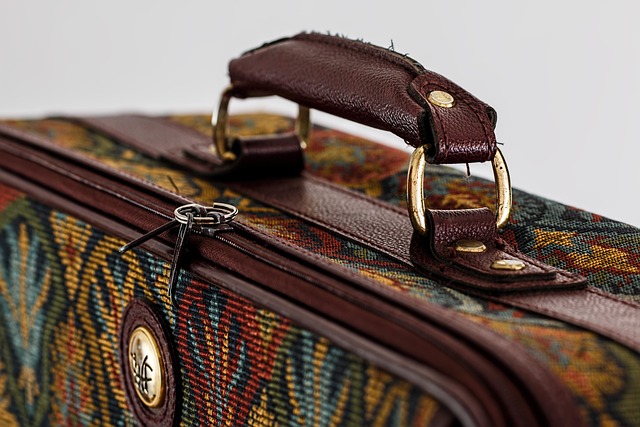Suitcases: Types, Materials, and Practical Travel Advice
Suitcases are the backbone of most travel, whether for a weekend city break or extended tourism abroad. Choosing the right luggage affects mobility, packing efficiency, baggage fees, and how well belongings are protected. This article explains common suitcase styles, key materials, practical packing techniques for a bag used in travel, and ways to care for luggage so it lasts through many trips.

What types of suitcases are available?
Suitcases come in several common styles to match different travel needs. Carry-on suitcases are sized to fit airline cabin limits and are convenient for short trips or for avoiding checked baggage. Checked suitcases are larger and intended for longer stays; they trade portability for capacity. Within both size categories you’ll find hard-shell and soft-shell designs: hard shells (polycarbonate, ABS, or aluminum) tend to protect fragile items better, while soft shells (nylon, polyester, canvas) can compress into tight spaces and often have exterior pockets. Wheel configurations—two wheels (more rugged for rolling over uneven surfaces) versus four-wheel spinners (better for smooth, upright rolling)—also influence how easily a bag moves through airports and tourism hubs.
How to choose luggage for travel?
Selecting luggage starts with anticipating the trip type: business travel favors compact, organized bags; tourism trips may need expandable capacity and sturdier construction. Check airline size and weight restrictions before buying a suitcase to avoid unexpected fees. Consider weight of an empty bag—ultralight options increase your effective packing allowance but may sacrifice durability. Look at wheel and handle quality, zipper strength, internal compartments, and whether the bag locks or is compatible with TSA-approved locks. If you travel frequently, prioritize build quality and warranty; occasional travelers might opt for a lighter, lower-cost bag. Think about color and exterior finish too—darker or patterned luggage is easier to spot on carousels.
What materials are used in suitcases and bags?
Materials determine weight, durability, and repairability. Hard-shell suitcases commonly use polycarbonate (flexible, impact-resistant), ABS (lightweight, economical), or aluminum (durable, heavier, often pricier). Soft-sided luggage typically uses ballistic nylon, polyester, or canvas—textiles that can resist abrasions and allow external pockets. Leather or faux-leather bags are popular for style but need more care. Hardware—zippers, handles, wheel housings—varies widely; metal components often outlast plastic ones. Consider environmental and longevity factors: polycarbonate is durable and recyclable in some programs, while fabric bags can be patched or re-sewn locally. Matching material properties to your travel habits helps maximize a suitcase’s service life.
How to pack a suitcase efficiently for tourism?
Efficient packing makes a significant difference in how much you can carry and how organized you stay while tourism. Use packing cubes or compression bags to separate clothing types and compress bulk items. Rolling garments reduces wrinkles and saves space compared with folding; reserve folding for stiffer items. Place heavier items near wheels to keep the suitcase balanced, and store shoes in separate pouches to protect clothes. Keep essential documents, medications, chargers, and a change of clothes in a carry-on bag in case checked baggage is delayed. For international travel, pack adapters and a lightweight travel laundry solution to repeat outfits. A small, labeled toiletry bag prevents spills and speeds security checks.
How to care for and store luggage?
Routine care extends suitcase life. Wipe hard shells with mild soap and a soft cloth; brush dirt from fabric bags and treat stains promptly with appropriate cleaners. Lubricate telescoping handles occasionally and check wheel housings for trapped debris. Repair small tears, broken zippers, or loose wheels promptly—many luggage shops and local cobblers can perform repairs in your area. When not in use, store suitcases in a dry, cool place, ideally nested (smaller inside larger) to save space, with desiccant packs to prevent mustiness. Replace luggage tags if faded to avoid misrouting. For security, use TSA-approved locks where required and keep digital copies of important travel documents in case of loss.
In summary, understanding suitcase types, materials, and packing strategies helps match luggage to specific travel needs and tourism activities. Investing in the right size and construction, using smart packing techniques, and maintaining your bag will make trips smoother and protect belongings across many journeys.






